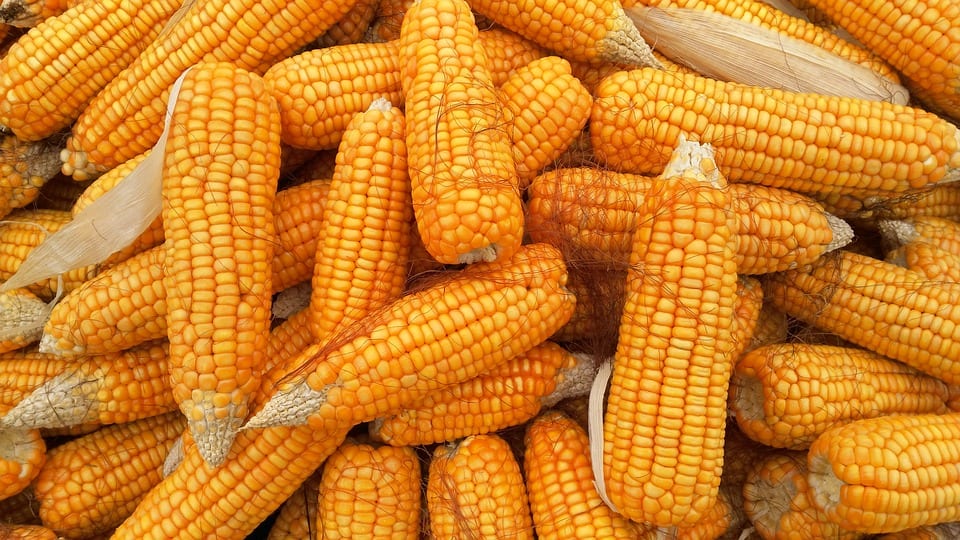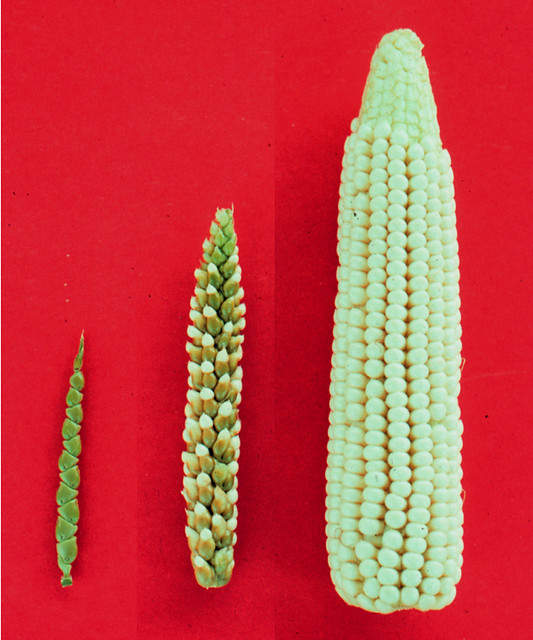Trending Now
Most of us don’t give the food we consume a whole lot of thought. We go to the store or a restaurant, eat it, and that’s the end of it. If it’s really good, maybe it merits a couple minutes of thought a day or two later, but that’s really it.
That’s a shame because many of the staples of our daily diet have journeyed a long way over the course of thousands of years to end up on our plates. In fact, a lot of the foods we eat don’t look or taste at all the way they did generations ago. Human cultivation and farming have drastically changed many of our favorite foods, almost always for the better (at least for our tastebuds).
Here are 10 examples. Read on to be surprised.
1. Corn
The corn we all know and love started out in Mexico as teosinte, a barely edible grass that was small and had few kernels. Teosinte’s hard shell made it difficult for people to extract the kernels to eat – it had to be repeatedly hit with a hard object to break it open. Teosinte’s taste was also not particularly pleasant and has been compared to a raw potato.
Selective breeding of the best examples of teosinte crops over the years led to larger plants with more kernels, which eventually, developed into the many varieties of corn that we grow and eat today.
2. Avocado
Avocados that grow in the wild looked drastically different from the kind that millennials across America put on their toast these days. The wild variety is very small, and a large pit takes up almost all of the inside of the fruit, leaving little of the green stuff we love to eat.
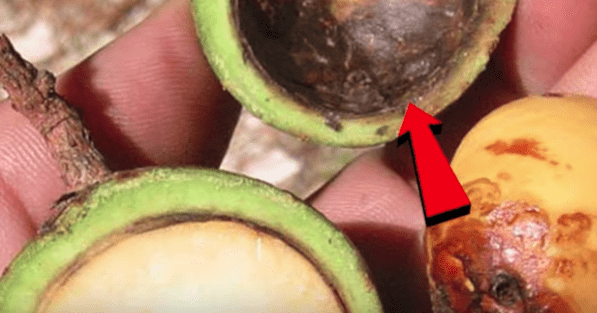
Photo Credit: YouTube
In fact, it would take 10 wild avocados to get the same amount of edible flesh in a modern-day avocado. Like teosinte, wild avocados also have a hard shell that is tough to crack.
Not the most appetizing of fruits.
3. Peaches
Like the others on this list, humans cultivated peaches and used selective breeding for generations to give us the sweet, juicy fruit we have today. Peaches date all the way to 4000 BCE and were originally cultivated in China. OG peaches were very small and resembled cherries.

Photo Credit: YouTube
Only 64% of the flesh of original peaches was edible (compared to 90% now), as they had large pits that took up roughly 34% of the fruit. The taste was said to be like a lentil. These peaches looked, and tasted, dramatically different from present-day peaches.
4. Eggplant
Wild eggplants looked nothing like the current version. They often used to be round and white, which is where the name comes from (I had always wondered). Eggplant also used to have spines that connected to the flower (now replaced with stems), and were really used primarily for medicinal reasons.
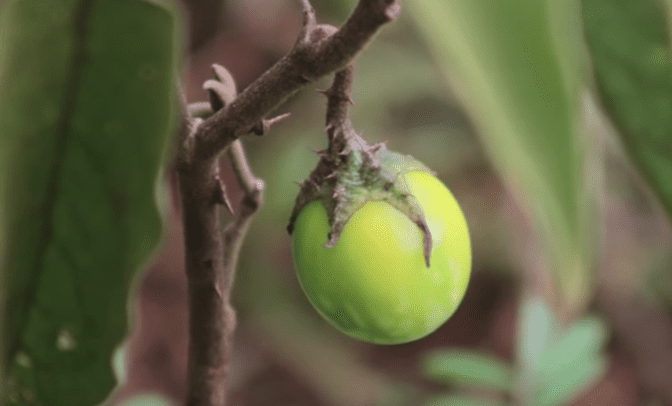
Photo Credit: YouTube
China, India, and Thailand led the way in cultivating eggplant and giving us the delicious version we have today.
5. Strawberries
Unlike many other wild fruits and vegetables, wild strawberries were actually sweeter than today’s version…but they were also much smaller.
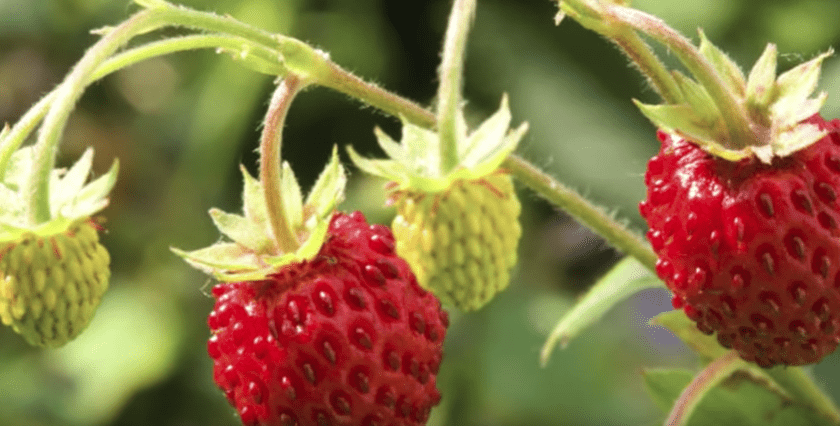
Photo Credit: YouTube
The modern version lost some its flavor because farmers were more interested in cultivating larger strawberries. So while appearance improved, taste decreased.
The modern strawberry came about when French spy brought Chilean strawberries, which were much larger than any found in Europe, back to his home country.

Photo Credit: YouTube
The Chilean and French versions were crossed and the modern strawberry was born.
6. Tomatoes
The ancestors to tomatoes actually looked more like berries and varied in color. The original tomato cultivars were small and yellow.

Photo Credit: YouTube
These wild tomatoes were called “Golden Apples” (which is where the Italian word for tomato, pomodoro, comes from). Next in line in the evolution were cherry tomatoes, which eventually led to the large, bright red tomatoes we see today.
Similarly to the strawberry, selective breeding over the years that favored size and durability caused today’s tomato to have less flavor than its predecessors, although when you buy an heirloom tomato, you’re getting some of that original flavor back.
7. Carrots
Wild carrots looked dramatically different from their present-day form. A thousand years ago, carrots found in Persia were white or purple and were very thin.
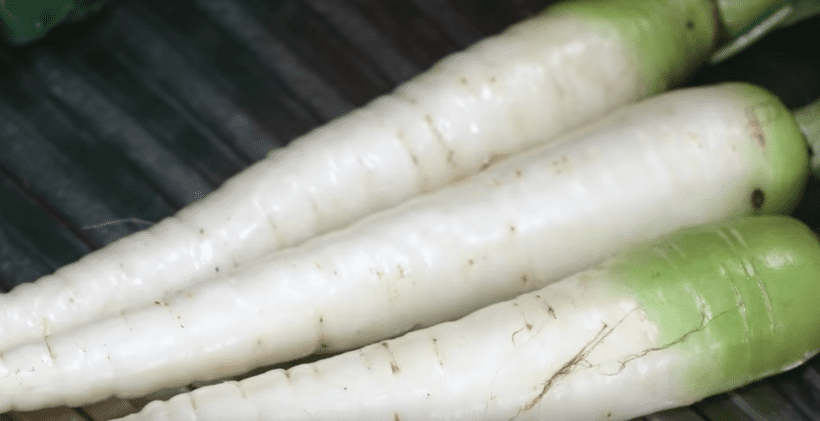
Photo Credit: YouTube
In the 1600s, Dutch farmers bred the familiar large, orange carrots we know today. The reason they selected for orange? The Dutch did this as a tribute to William of Orange, the man responsible for leading the Netherlands to independence.
8. Cucumbers
Wild cucumbers were oval-shaped and covered in spikes over an inch long.
Not so appealing, right?

Photo Credit: YouTube
They had four large seeds inside of them, but they were not edible – in fact, wild cucumbers were toxic. Cucumbers were originally cultivated in India for medicinal reasons. Obviously, there are many differences between wild and modern cucumbers. Good thing we can eat the current versions because I LOVE PICKLES.
9. Bananas
Wild bananas had more of a round shape and were filled with hard seeds. They were originally farmed 10,000 years ago in what is now Papua New Guinea, and they weren’t edible unless they were cooked first.
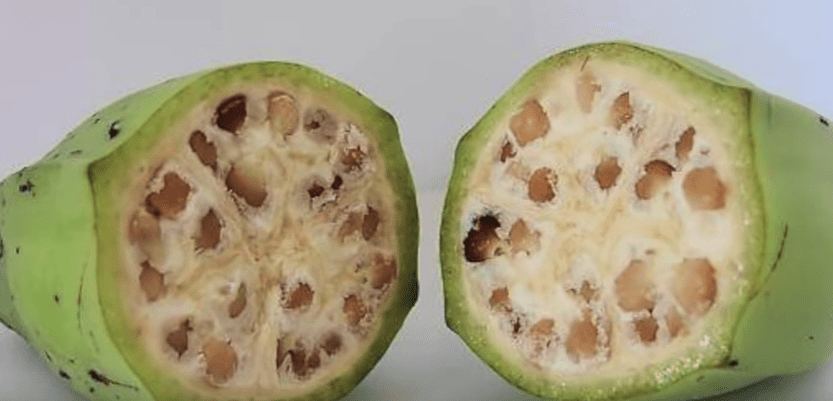
Photo Credit: YouTube
Again, over time bananas we selectively bred for easily edible flesh and smaller and smaller seeds, until we get the many varieties in production globally today. The primary grocery store banana, the Cavandish, is a hybrid of two different kinds of bananas that was originally grown as a replacement for the Gros Michel banana, which was wiped out by a banana blight in the 1950s. But there is a recent concern that the Cavandish may also be at risk of going extinct because it lacks genetic diversity and is similarly vulnerable to diseases and pests.
10. Watermelons
Watermelons originated 5,000 years ago in Egypt. Back then, watermelons only measured about 2 inches in diameter and they had an extremely bitter taste. But, as the name says, they had water on the inside.
Like other items on this list, humans cultivated watermelons until they got the product they desired. By the 1600s, watermelons looked similar to today’s version, at least on the outside. The inside, however, had swirls and was a lighter red color.
One final note: today’s watermelons are 1,500 times larger than their wild ancestors.

Photo Credit: YouTube
Pretty cool stuff, right? Makes you look at the produce aisle of the food store just a little bit differently…

